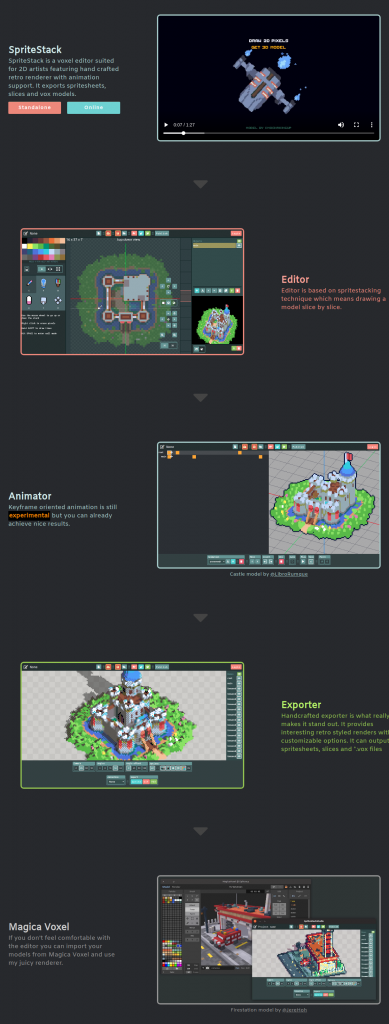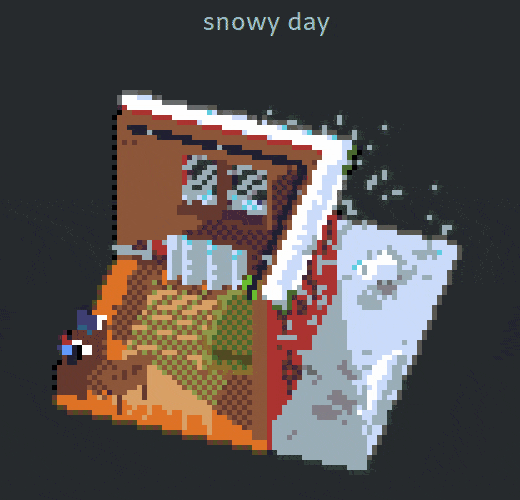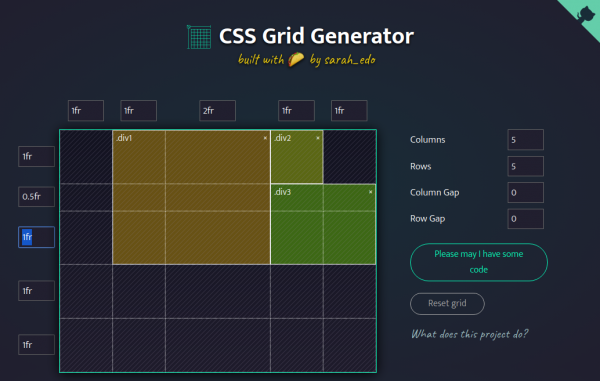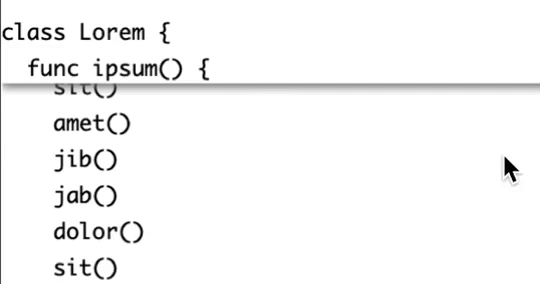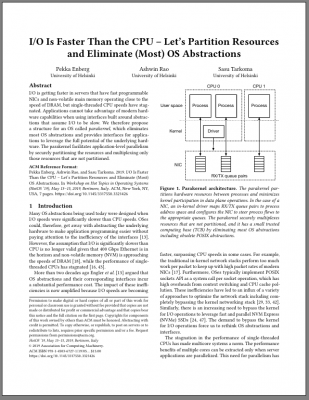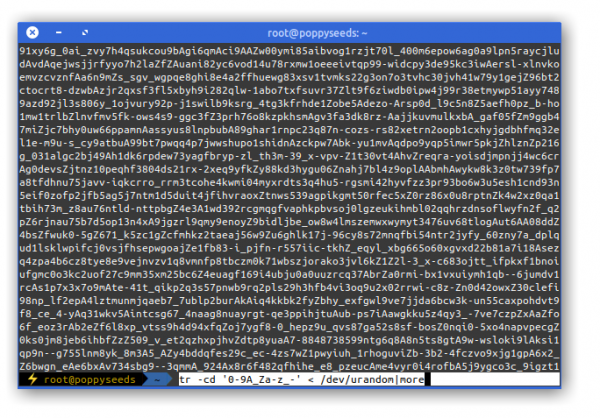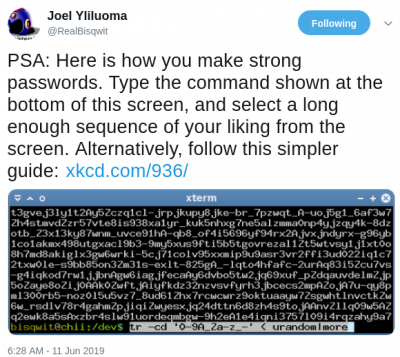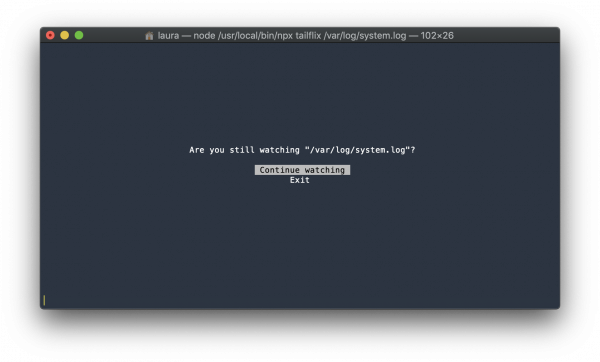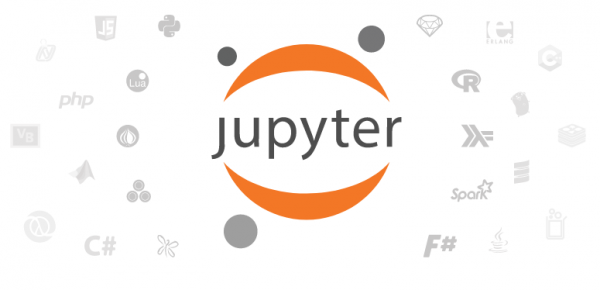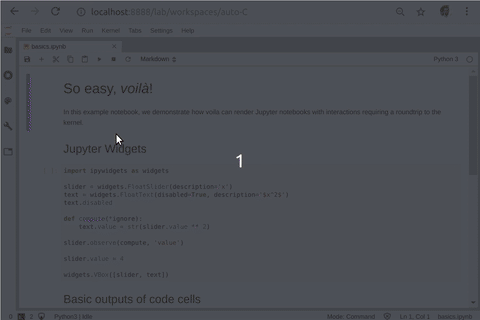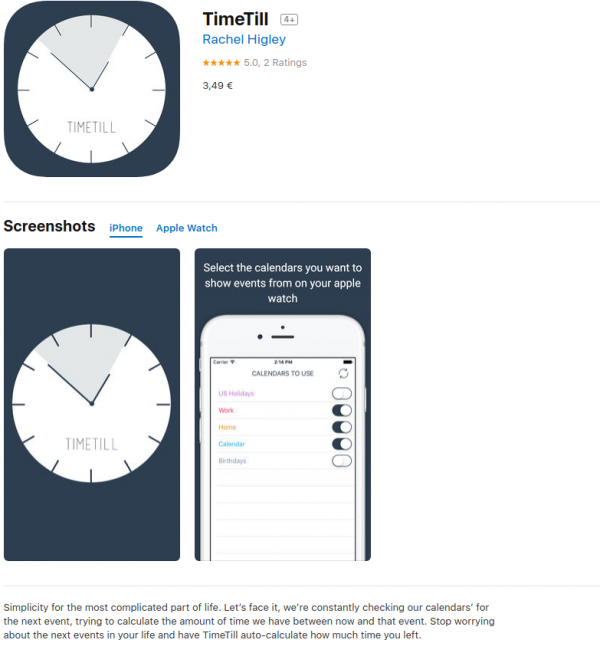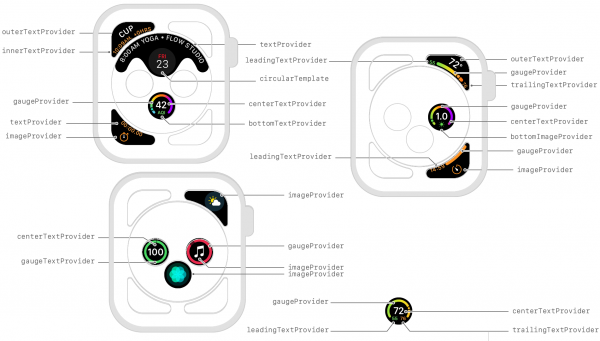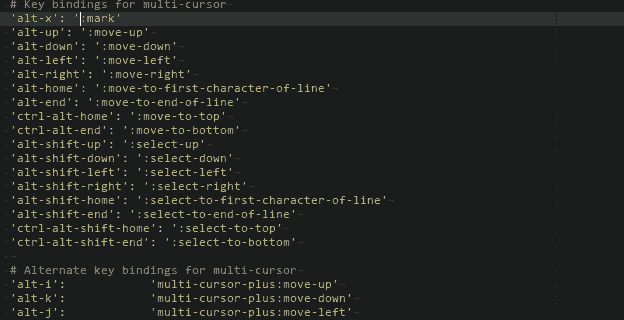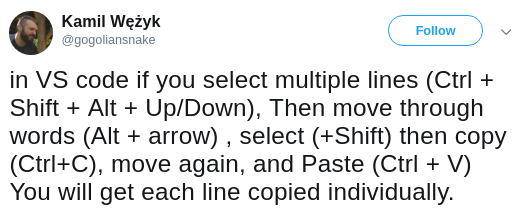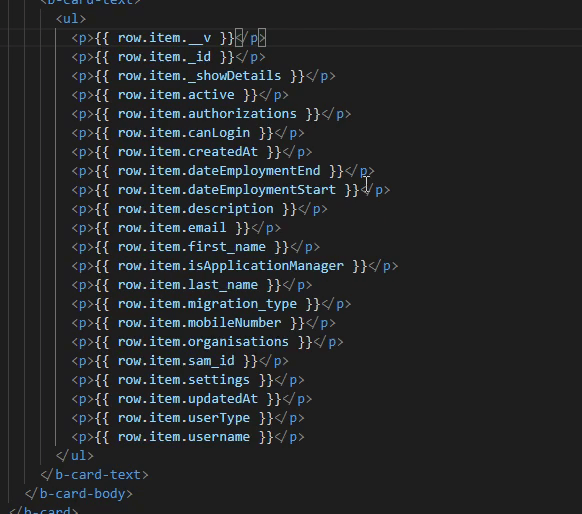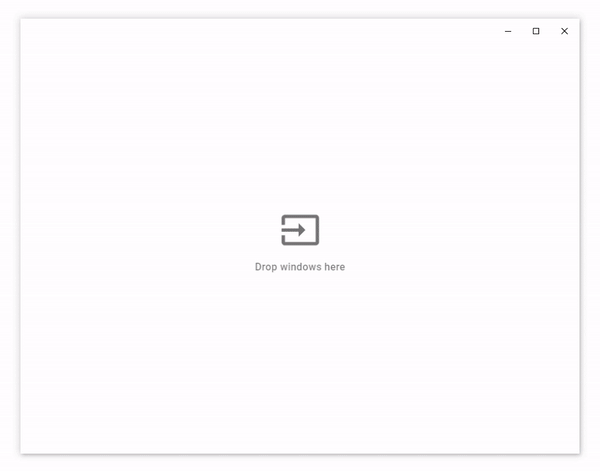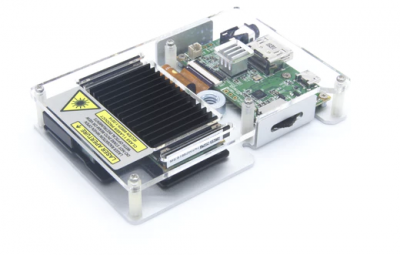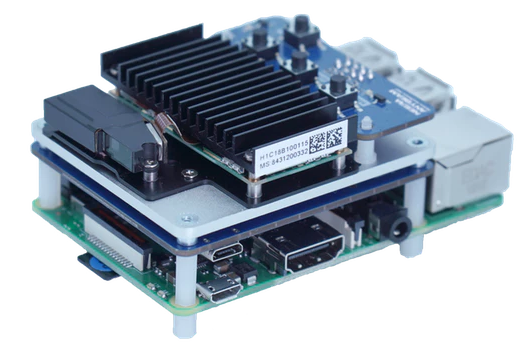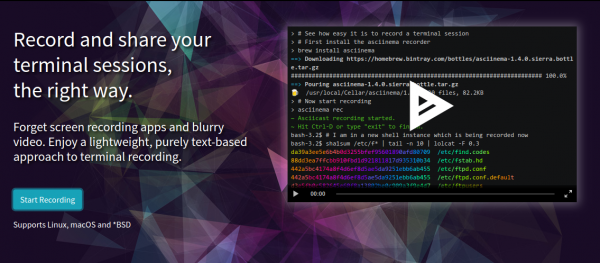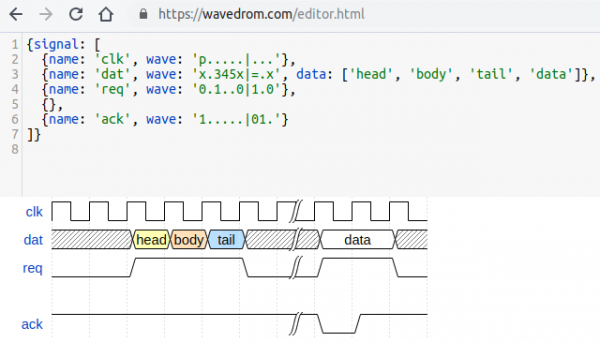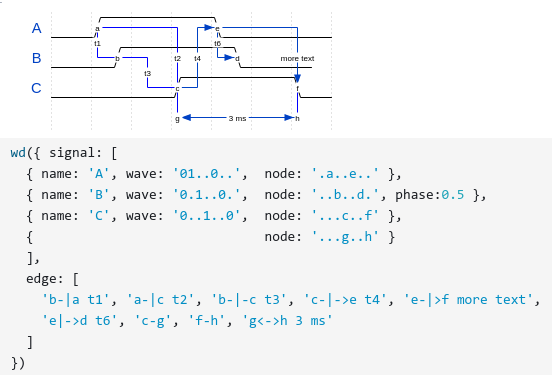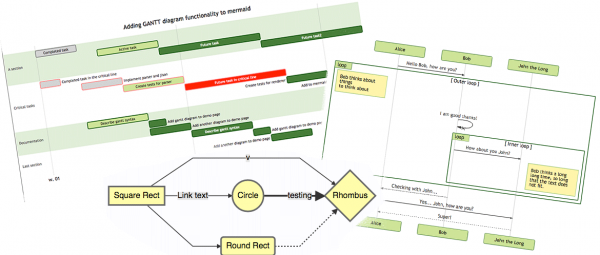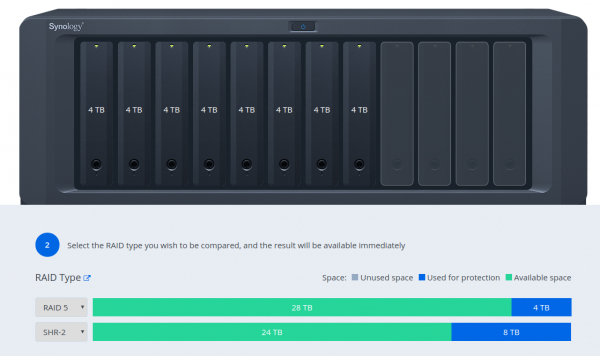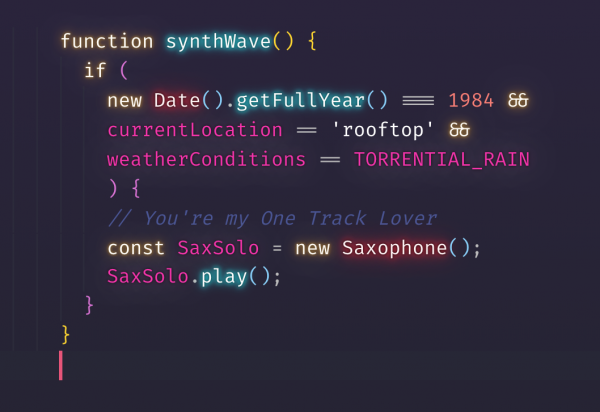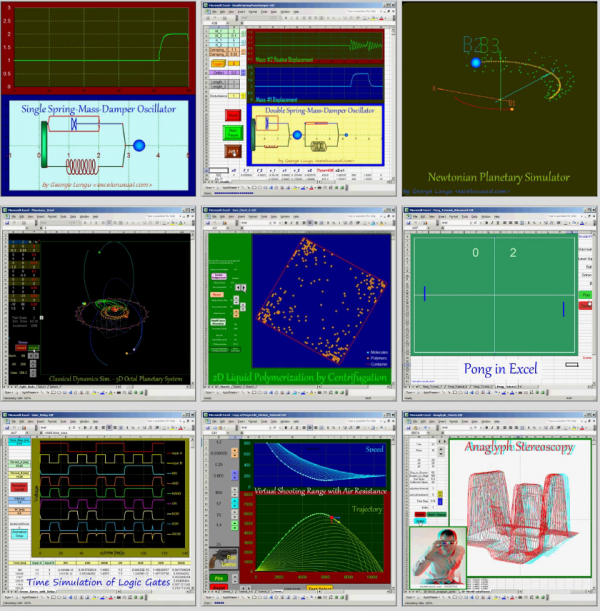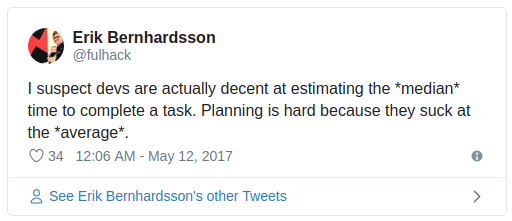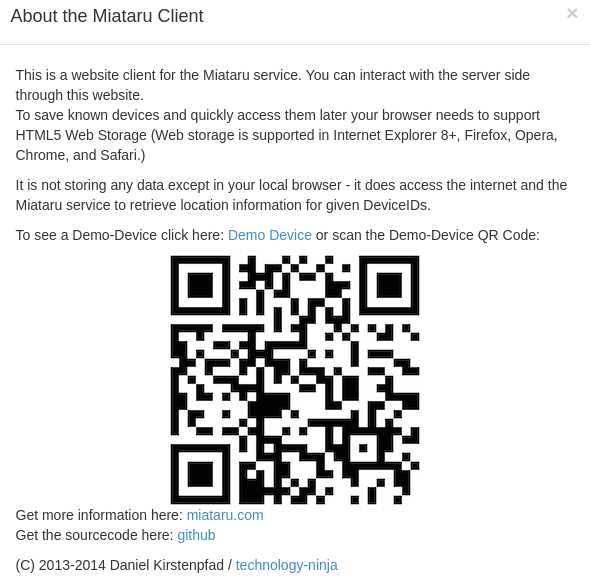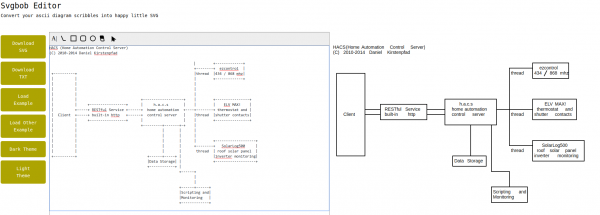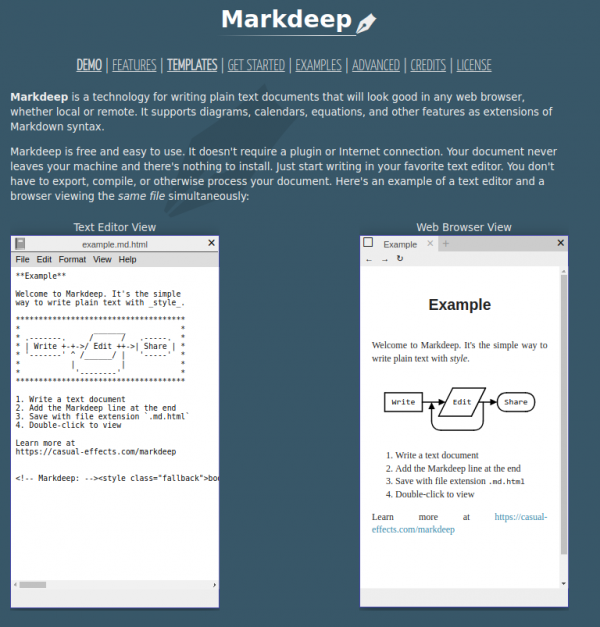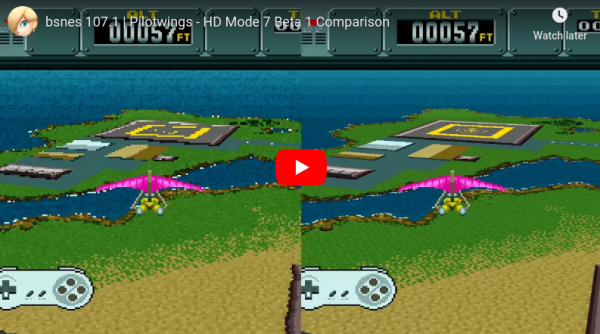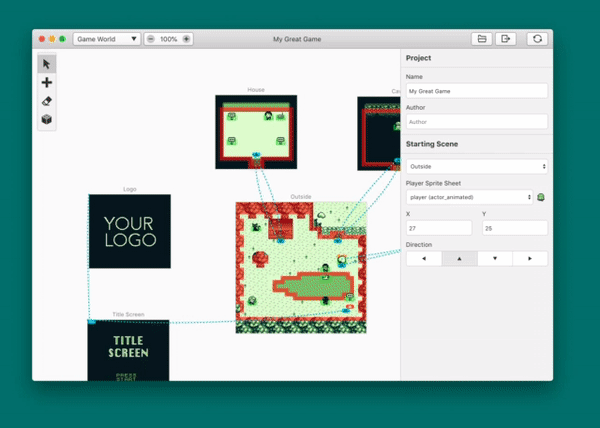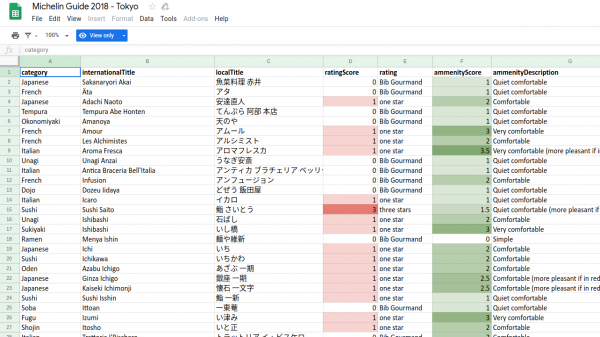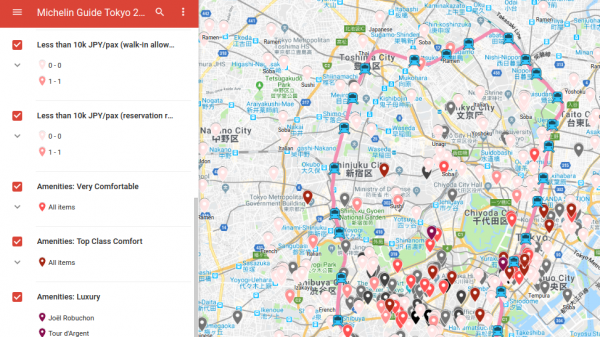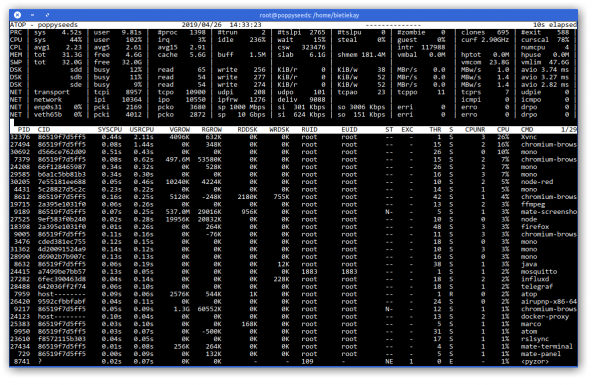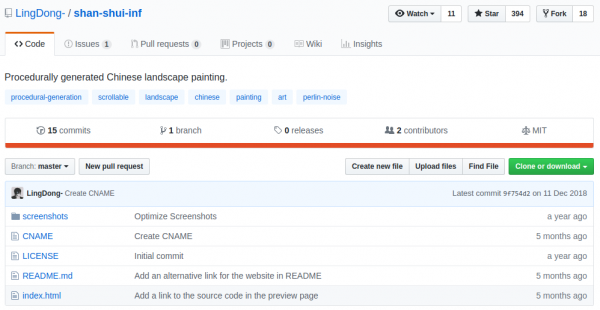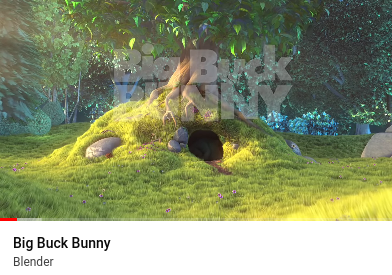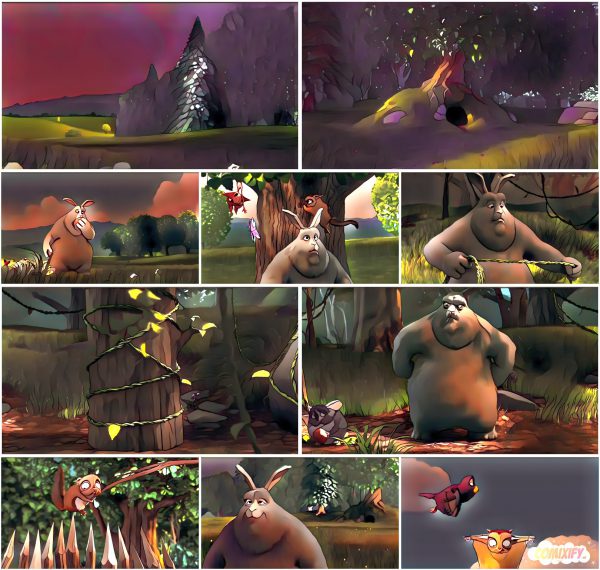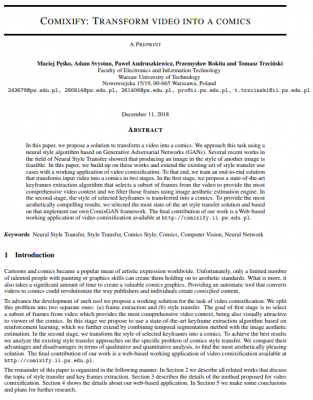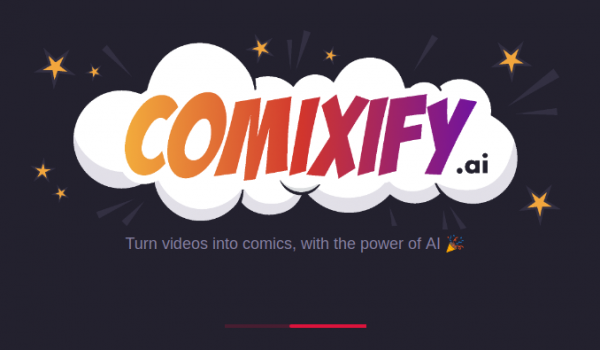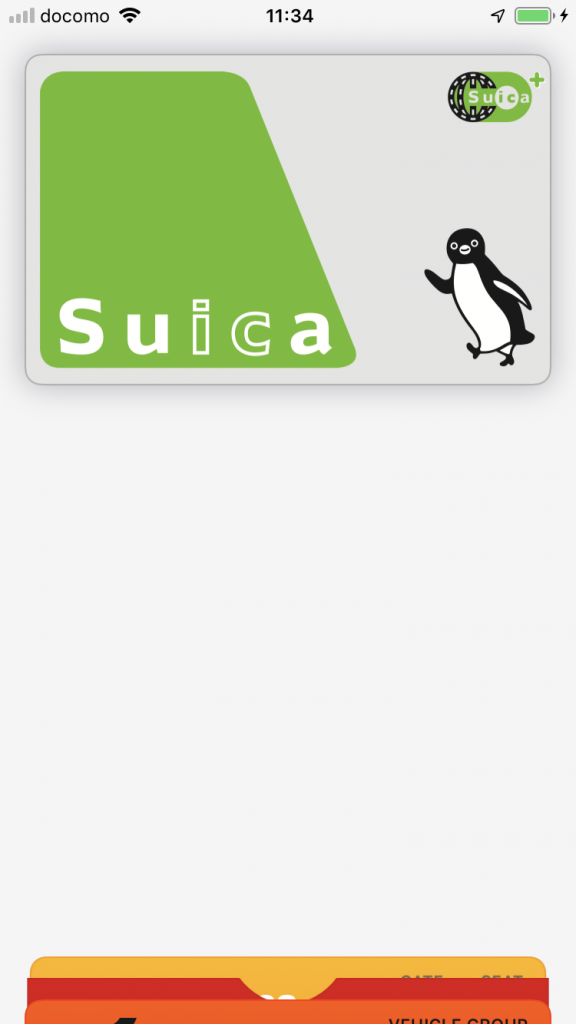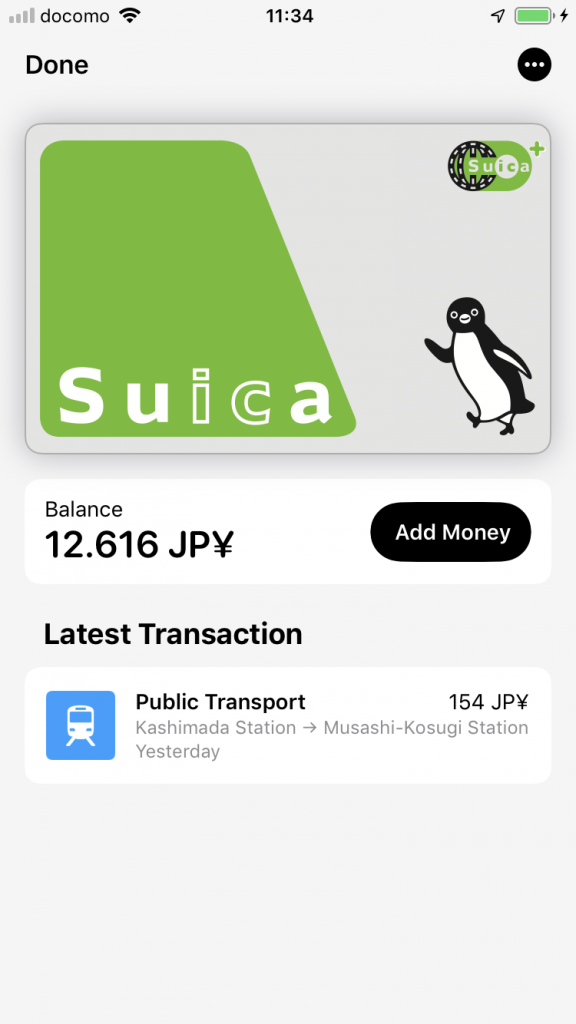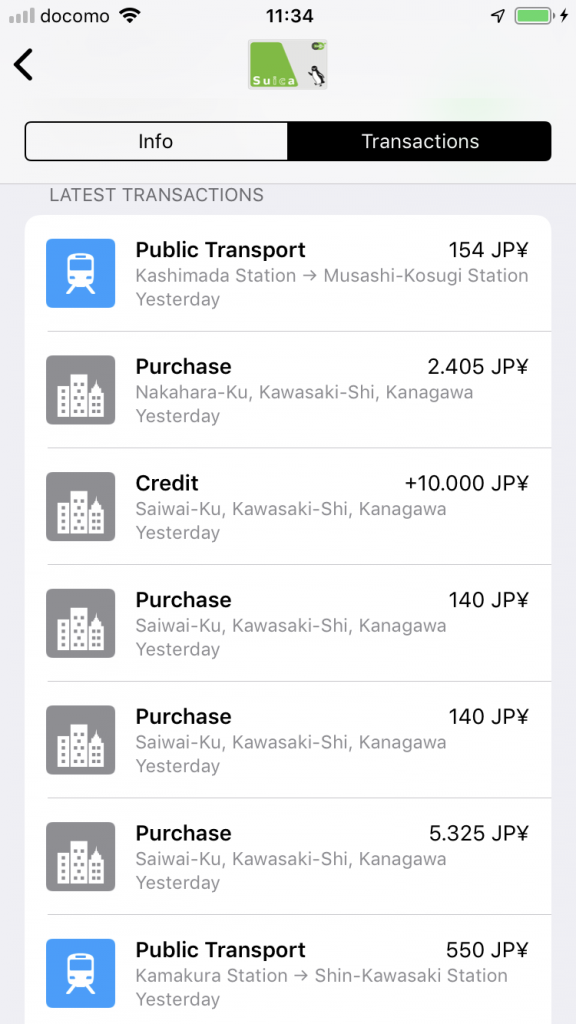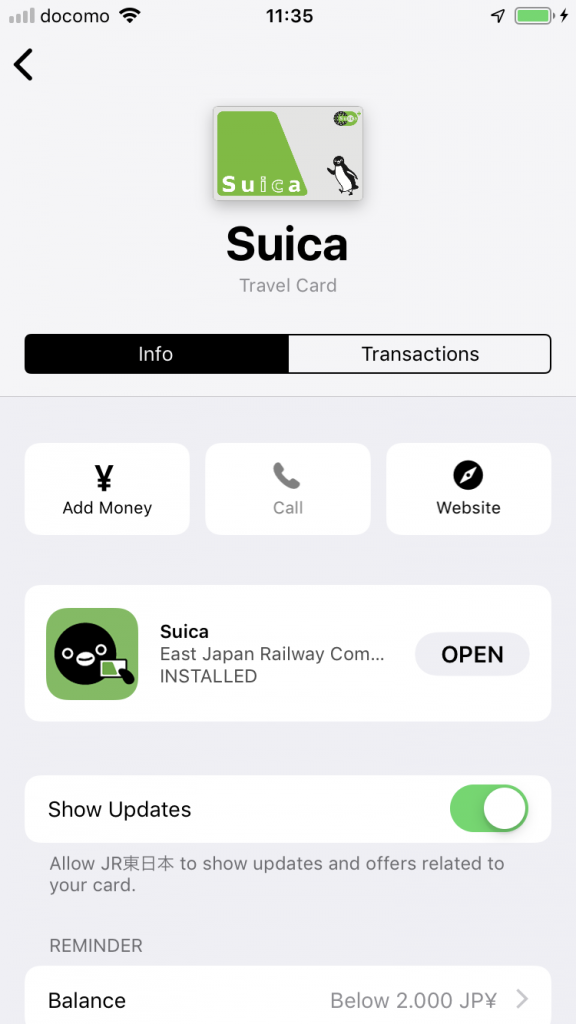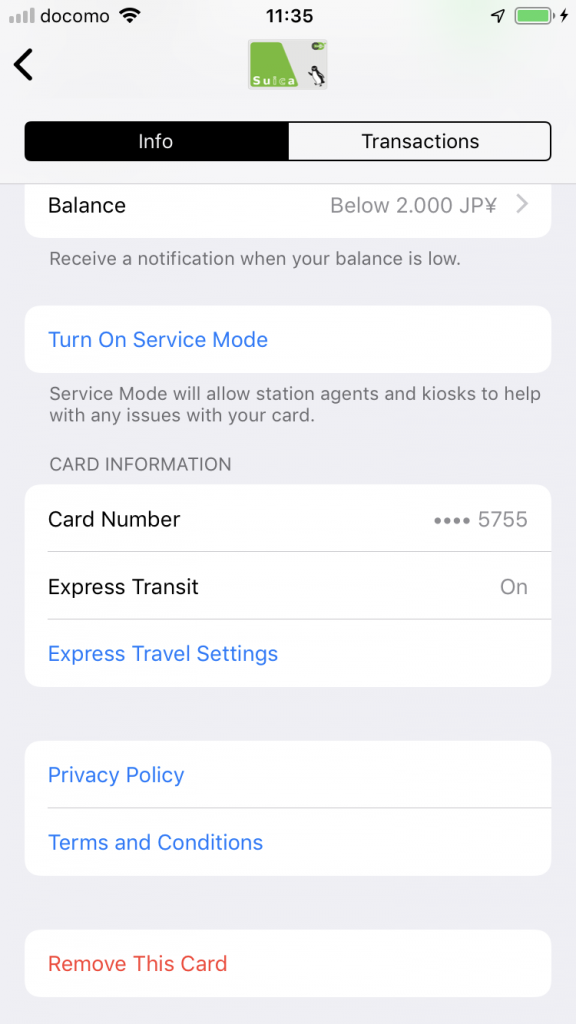SpriteStack is a voxel editor suited for 2D artists featuring hand crafted retro renderer with animation support. It exports spritesheets, slices and vox models.
SpriteStack
useful CSS Grid Generator
This project is a way for people to use CSS Grid features quickly to create dynamic layouts.
You can set the numbers, and units of your columns and rows, and I’ll generate a CSS grid for you! Drag within the boxes to create divs placed within the grid.
I noticed a lot of people weren’t using Grid because they felt it was too complicated and they couldn’t understand it. Grid is capable of so much, and this small generator only touches on a fraction of the features. The purpose of this is so people get up and running quickly, and create more interesting layouts.
Once you work with this a bit, I suggest checking out resources by Rachel Andrew, Jen Simmons, and Dave Geddes to dive deeper. There is also a CSS Grid Guide on CSS-Tricks, and a fun little game called Grid Garden to help you learn more!
Source
seen: properly scrolling through code
When working on source files with wide-ranging scopes, I wish source editors could pin the declaration lines to the top of the window like section headers, something like this…
Joe Groff on Twitter
This looks like something that would really make a difference when editing code. Let’s see how long until we get something like that in modern editors…
I/O Is Faster Than the CPU
I/O is getting faster in servers that have fast programmable NICs and non-volatile main memory operating close to the speed of DRAM, but single-threaded CPU speeds have stagnated. Applications cannot take advantage of modern hardware capabilities when using interfaces built around abstractions that assume I/O to be slow. We therefore propose a structure for an OS called parakernel, which eliminates most OS abstractions and provides interfaces for applications to leverage the full potential of the underlying hardware. The parakernel facilitates application-level parallelism by securely partitioning the resources and multiplexing only those resources that are not partitioned.
https://dl.acm.org/citation.cfm?doid=3317550.3321426
here is how you can make strong passwords.
“are you still watching?” – tailfix
drop in replacement for tail -F that asks you if you are still watching
Just like Laura I am also was having a moment when I stumbled across tailflix.
For those not understanding the reference: At the end of an episode you’ve watched on Netflix you will be shown another one, and so on, and so on. Until if you have not touched the remote at all for several episodes Netflix will ask you “Are you still watching?”.
serve live interactive Jupyter notebooks
The Jupyter Notebook is an open-source web application that allows you to create and share documents that contain live code, equations, visualizations and narrative text. Uses include: data cleaning and transformation, numerical simulation, statistical modeling, data visualization, machine learning, and much more.
voilá
Voila serves live Jupyter notebook including Jupyter interactive widgets.
Unlike the usual HTML-converted notebooks, each user connecting to the Voila tornado application gets a dedicated Jupyter kernel which can execute the callbacks to changes in Jupyter interactive widgets.
https://github.com/QuantStack/voila
how long until …
I am a happy user of the Apple Watch and iPhones in general. It’s working out great for me so far.
There are a couple of features that I would wish where there. And simple things like an hour-chime or hour/half-hour tap are frequently included into the WatchOS updates.
But some of the more specific features just won’t materialize on Apple Watch.
Think of this: You are doing your thing, you know, being a productive member of the society. And apart from the information “What’s next” the information of “When’s next and how long until then” is equally important.
I already had all information – like upcoming events – in my calendar. Why not have the watch display directly on the watch face how long I’ve got until then?!
This is where I’ve found an app called “Time Till” by Rachel Higley.
You’re downloading it on your iPhone and when opened up first it will show you a list of your calendars.
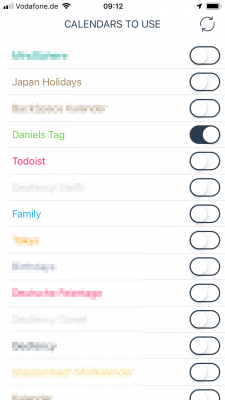
You can turn on/off any of them in this app and by doing so you are selecting which of the calendars will be included in the calculation “how long until the next meeting”.
I’ve only selected one calendar which holds those appointments that I need to know how long until then. So it’s not the next work meeting. It’s important things.
On the watch, however many calendars you’ve selected, it will show you something like this:
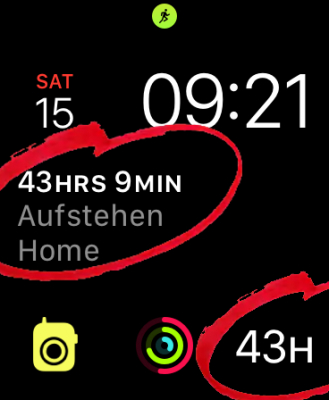
So in this case it’ll show the hours until I have to wake-up. Whatever I put into this calendar will show up there. If I want with the name of the event, but most commonly I am using the bottom right version: just the hours/minutes until.
Unfortunately Rachel is quite busy and so there’s no update for the app to also support the new Modular Infograph complications of WatchOS 5 and up.
If you don’t know how those look like, here is a picture I’ve put together from Apples developer documentation:
So I am thinking to rewrite the app and include the new complications. In fact: I’ve implemented my “Discordian Calendar Apple Watch Complication” app as a test and exercise to learn how I would be able to rewrite “Time Till”.
Now the only thing I need is to be kissed by the muse that fuels the urge to just get it done :-).
multi cursor in vscode and atom
Atom
Install multi-cursor-plus:
Hate reaching for the mouse?
multi-cursor-plusmulti-cursor-plusallows you to create multiple cursors anywhere in the buffer, using only your keyboard. Supports multiple selections and removing previous cursors at any time. Easy to use. Amazing!
VSCode
how did games get to 82 Gbyte sizes?
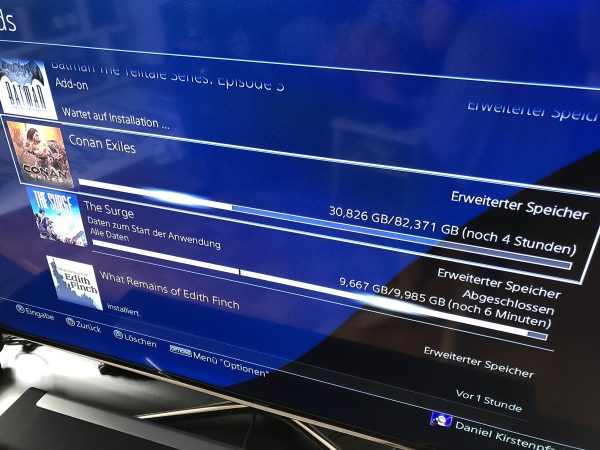
Every month there are free games to download and try out with the Playstation Plus subscription. There was a game named “Conan Exiles” included and so my Playstation started the download.
After the download taking unexpectedly long I checked the download queue and found the reason why it would take so long to download. This game is over 82 Gbyte in size. This is quite unexpected.
Conan Exiles is an open-world survival game set in the brutal lands of Conan the Barbarian. Survive in a savage world, build your kingdom, and dominate your enemies in brutal combat and epic warfare.
Start with nothing but your bare hands and forge the legacy of your clan, building anything a small home to gigantic fortresses and entire cities. Wage war using swords, bows, siege weapons, and even take control of giant avatars of the gods and lay waste to enemy cities.
Explore a vast, seamless world full of challenge and opportunity. Hunt animals for resources, slay monsters for treasure, and delve deep underground to discover the secrets of ancient civilizations.
Conan Exiles: The Game
It’s still downloading. But what content could await if it only fits into 82 Gbyte of (assuming) compressed data?!
record terminal sessions as svg
In addition to the terminal recording tool “asciinema” there’s another one to take a look at:
termtosvg is a Unix terminal recorder written in Python that renders your command line sessions as standalone SVG animations.
https://github.com/nbedos/termtosvg
desktop apps in tabs
Multrin is a
found herecross-platformapp built on top ofElectron,React,styled-componentsandTypeScript, that lets you to organize apps in tabs, by just dropping them onto Multrin. It aims to greatly improve your productivity and organization.
more small projectors coming
There are new micro-projectors coming and they are looking good. After the first availability of really small and low-power but enough-light LED projectors (see here) manufacturers have apparently added a laser to the equation.
It is said that…
Unlike traditional projectors that constantly need to be focussed, the Nebra AnyBeam picture is always perfect. You can project onto curved or irregular surfaces with ease – perfect if you want to use it on the fly, or if you want to try your hand at a bit of projection mapping!
This thing will be available, according to the Kickstarter, as a all-in-one package with power and HDMI inputs. It’s got 720p inputs. Well. Well really?
And it will be available to the maker market as a RaspberryPi Hat…
asciinema – record your terminal
technical visualization tools
There’s so much happening in this field as visualizations become more powerful and easier to create.
WaveDrom
WaveDrom draws your Timing Diagram or Waveform from simple textual description. It comes with description language, rendering engine and the editor.
WaveDrom editor works in the browser or can be installed on your system. Rendering engine can be embeded into any webpage.
https://wavedrom.com/
MermaidJS
Generation of diagrams and flowcharts from text in a similar manner as markdown.
Ever wanted to simplify documentation and avoid heavy tools like Visio when explaining your code?
This is why mermaid was born, a simple markdown-like script language for generating charts from text via javascript. Try it using our editor.
always go for double redundancy
As the replacement drive for yesterdays hard drive crash was put into place the storage array started to re-silver the newly added empty drive. This process takes a while – about 8 hours for this particular type of array.
Interestingly just 2 minutes into the process another drive dropped a bombshell:
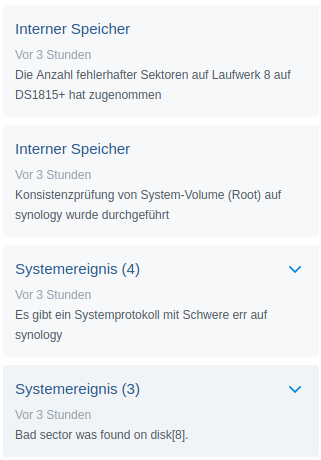
Apparently disk 8 holds together it’s business so far but dropped a couple of parity errors into the equation.
This is bad news. But so far science still is on my side of things and no data has been lost.
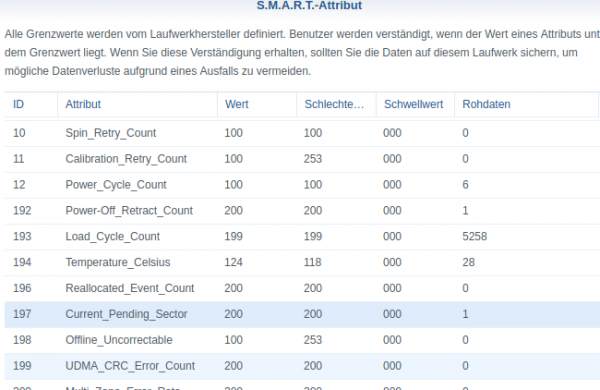
But now redundancy is down completely. There’s no redundancy for now – until the replaced hard disk is fully integrated. My policy for these sized drives demands a minimum of 2-disk redundancy and for today this policy saved the day (data).
Actually let’s dive a bit into what it’s doing there to achieve 2-disk redundancy:
Synology Hybrid RAID (SHR) is an automated RAID management system from Synology, designed to make storage volume deployment quick and easy. If you don’t know much about RAID, SHR is recommended to set up the storage volume on your Synology NAS.
You will learn different types of SHR and their advantages/disadvantages over classic single disk/RAID setups. In the end, you will be able to choose a type of RAID or SHR for the best interest of your storage volume. This article assumes that as the admin of your Synology NAS, you are also an experienced network administrator with a firm grasp of RAID management.
Synology Hybrid Raid
So you trade data redundancy and safety for useable disk space. Here this is compared to traditional RAID 5:
the future of (speech) podcasts
The Podlove project once again leads the way to improve the experience and the way we interact with knowledge and thoughts. With the most current announcement and introduction of transcription-support for podcasts. Click on it right now and try it yourself.
Fulltext-search. Listening to podcasts by reading them. This-is-amazing!
Transcripts are coming
from the Podlove Publisher 2.8 announcement
Transcripts are an incredibly desirable thing to have for podcasts: they allow searching for specific parts, increase searchability by search sites when presented properly and they increase the accessibility of audio content significantly too.
However, transcripts have been considerably difficult to be created and used. Manually created transcripts are costly in terms of time and money and even if you spend the money there has been a lack of technical standards for storing and integrating transcripts into websites in a defined way.
This is now slowly changing: more and more automated speech-to-text systems are becoming available at reasonable costs and they are creating ever better transcripts with more and more languages being supported.
Still, automatic transcripts trail manually created transcripts in terms of accuracy, punctuation and so on but they are increasingly useful when they are primarily used for improving search results or helping you with your internal research when trying to find content in your older episodes.
New services are also coming up to deal with these problems by allowing users to quickly build on automatic transcripts and improve them manually in an assisted fashion. We will soon see a landscape of tools and services that will make creating transcripts easy and cheap enough for more and more podcasters so it’s time to come up with a good integration.
Last but not least, the WebVTT file format has become a de-facto common denominator for passing transcripts along, supporting time codes, speaker identification and a rudimentary set of meta data. While not perfect it’s enough to get a transcript infrastructure up and running and Podlove is leading the way.
make linux fast (unsecure) again
The CPU/hardware related bugs surfacing the last couple of years have mostly been fixed by adjusting the software that is run. Sometimes only by disabling certain features of a CPU or patching the microcode in the CPU itself.
The issue with this is that by fixing these issues features got disabled and workarounds had been introduced that lowered performance. Dramatically so for some use-cases.
By how much? Well it really depends on your CPU and use-cases. But maybe you want to try yourself. If you want to know the most current parameters to pass to your kernel on boot-up to disable all the performance impacting fixes, go here:
It is not recommended to have this in productive use – as you can imagine. Those bugs where fixed for a reason.
legit programming language
Programs written in legit are defined entirely by the graph of commits in a Git repository. The content of the repository is ignored.
legit is designed so that all relevant information is visible when runninggit log --graph --oneline.
For example, here is “hello world”:
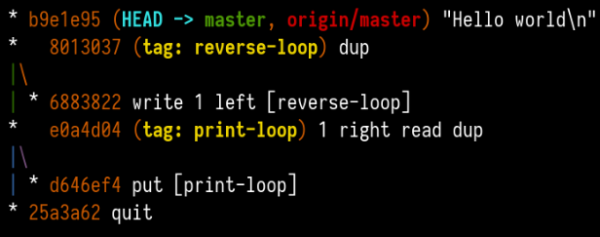
You can find implementations of legit, as well as some example programs, on GitHub: https://github.com/blinry/legit. The entry in the Esolang wiki is at https://esolangs.org/wiki/Legit.
80s code editor theme
The beginning of the decade saw the continuation of the clothing styles of the late 1970s and evolved into heavy metal fashion by the end. However, it had a lot of changes considering that, this fashion became more and more extravagant during the 80s.
The 80s included things like teased hair, ripped jeans, neon clothing and lots of colours and different designs which at first weren’t accepted for a lot of people.
Popular Culture in the 80s
Do you remember that endless summer back in ’84? Cruising down the ocean-highway with the top down, the wind in our hair and heads buzzing with neon dreams?
Synthwave’84 theme
No, I don’t remember it either, but with this experimental theme we can go there.
Things you do with Microsoft Excel
Many of us are happy when they can accomplish the most simple tasks with Excel without pulling their own hair out.
And then there are these people who do something entirely different with Excel:
Finding engineering work quite unchallenging lately I decided to start this blog in which to share cool ways of solving engineering problems or just interesting modeling of natural phenomena in MS Excel 2003. I use mainly cell formulas with minimum of VBA in order to take advantage of the ease of “programming” and the native speed of the Excel spreadsheet.
http://www.excelunusual.com/
Time estimation in software development
I’ve found myself in these spots several times in my life. Either I had to deliver on an estimate or I had to acknowledge an estimation and deal with the outcomes.
If you are involved in anything digital / software this is a recommended piece to read:
Anyone who built software for a while knows that estimating how long something is going to take is hard. It’s hard to come up with an unbiased estimate of how long something will take, when fundamentally the work in itself is about solving something. One pet theory I’ve had for a really long time, is that some of this is really just a statistical artifact.
Why software projects take longer than you think
QR codes – how do they work?
I came across a very nice explanatory piece for QR codes. If you always wanted to know the basic principles this is a good chance to get a grasp.
QR code (abbreviated from Quick Response Code) is the trademark for a type of matrix barcode (or two-dimensional barcode) first designed in 1994 for the automotive industry in Japan. A barcode is a machine-readable optical label that contains information about the item to which it is attached. In practice, QR codes often contain data for a locator, identifier, or tracker that points to a website or application. A QR code uses four standardized encoding modes (numeric, alphanumeric, byte/binary, and kanji) to store data efficiently; extensions may also be used.[1]
Wikipedia
I am using QR codes in several of my projects – one example: Miataru uses QR codes to encode the device ID and help with the device handshake. You scan the QR code of your friend with your Miataru client app and immediately will be able to see his location in Miataru. Without the need to enter long rows of numbers.
convert Markdown scribbles to vector drawings
Every task you take
my text editor
Every meeting you make
Every keyboard you break
Every note you take
I’ll be storing it for you
Well that was fun! And indeed: a big portion of my professional daily business is taking place in a text editor taking notes and scribbling ideas and thoughts.
I’ve tried many things but the only way that resonated with me was taking notes in Markdown in a text editor that supports markdown. Currently that editor is Atom.io. Mainly because it is not in the way and quite portable. Runs on Linux, Windows, MacOS.
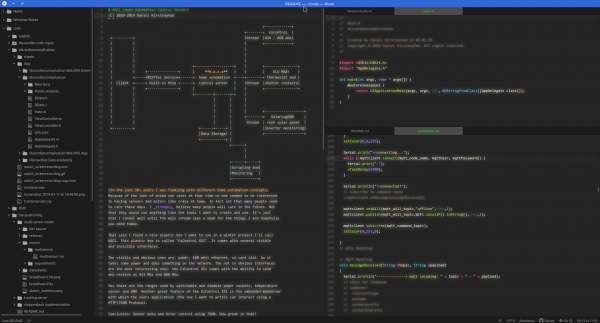
This way – I just took a count – I noted down 364.416 words in the last 1.5 years on my current job (equals to about 46 hours of average speed reading…).
Along side those simple text notes and bullet lists I am doing very simple tables as well as ASCII scribbles in Markdown as well. With the right tools it’s extremely easy and much faster than booting up the Powerpoint or worse.
When you have all in Markdown you then can freely stylesheet away and convert to handy PDF files as well. All even with embedded images if you so desire.
But even if you sit on that treasure trove of Markdown there comes the time when you wish you could convert your scribbles to graphics. Even if it is for the sole reason to not have to draw it again for that fancy Powerpoint slide deck.
You’ve got multiple options to accomplish this:
svgbob is at first a command line tool that got a recent level-up with a proper web-frontend:
When given Markdown it creates graphics. In the picture above the input is on the left and the svgbob output on the right (as SVG).
Markdeep is the alternative. Which of both work for your case depends on that specific case. Knowing and using both properly is the best way.
from now on console emulation will look much better
A modder going by the handle DerKoun has released an “HD Mode 7” patch for the accuracy-focused SNES emulator bsnes. In their own words, the patch “performs Mode 7 transformations… at up to 4 times the horizontal and vertical resolution” of the original hardware.
The results, as you can see in the above gallery and the below YouTube video, are practically miraculous. Pieces of Mode 7 maps that used to be boxy smears of color far in the distance are now sharp, straight lines with distinct borders and distinguishable features. It’s like looking at a brand-new game.
ArsTechnica
make your own Game Boy game
GB Studio is a free and easy to use retro adventure game creator for Game Boy available for Mac, Linux and Windows. For more information see the GB Studio site
https://github.com/chrismaltby/gb-studio
Michelin Guide Restaurants in Tokyo
You are likely aware of the existence of the “Michelin Guide“.
Michelin Guides are a series of guide books published by the French tyre company Michelin for more than a century. The term normally refers to the annually published Michelin Red Guide, the oldest European hotel and restaurant reference guide, which awards up to three Michelin stars for excellence to a select few establishments.
Wikipedia
You might also be aware that Tokyo is the city with the highest density of Michelin star rated restaurants. Nice, eh?
A purchase of this guide is recommended in any case but these days people also need something they can intuitively use and which integrates into already existing workflows.
These people, like myself, need a map and maybe more details in a machine readable, filterable spreadsheet.
And as time goes on it might be quite useful to have all the sources that lead to these great tables and maps. Sources that allow you to crawl and grab these information.
A script that crawls Tokyo-based michelin guide establishments and saves it into a JSON file. I personally did this project so I can plan my tokyo trip based on the cheapest and most-renowned restaurants,
Michelin Guide Crawler on GitHub
Swappiness is a thing, as is cache pressure
We know that using swap space instead of RAM (memory) can severely slow down the performance of Linux. So then, one might ask, since I have more than enough memory available, wouldn’t it better to remove swap space completely? The short answer is, No. There are performance benefits when swap is enabled, even when you have more than enough ram.
Why you should almost always add swap space
vfs_cache_pressure – Controls the tendency of the kernel to reclaim the memory which is used for caching of directory and inode objects. (default = 100, recommend value 50 to 200)
swappiness – This control is used to define how aggressive the kernel will swap memory pages. Higher values will increase aggressiveness, lower values decrease the amount of swap. (default = 60, recommended values between 1 and 60) Remove your swap for 0 value, but usually not recommended in most cases.
https://access.redhat.com/solutions/103833
As I’ve now brought up the topic, go ahead and read the complete story at the source.
Tesla autopilot feature request

procedural generated traditional Chinese landscape scrolls
{Shan, Shui}* is inspired by traditional Chinese landscape scrolls (such as this and this) and uses noises and mathematical functions to model the mountains and trees from scratch. It is written entirely in javascript and outputs Scalable Vector Graphics (SVG) format.
https://github.com/LingDong-/shan-shui-inf
This is quite impressive and I am thinking about pushing that into the header of this blog :-) It’s just too nice looking to pass on.
file from the far future
I ran a VVV job to catalog a storage array I have. To my surprise at least one file had a very very strange timestamp:
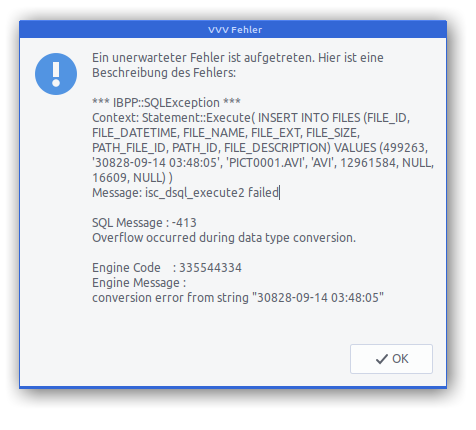
Apparently the file in question was generated on an action cam which had lost its correct date and time setting at the time of recording…
The tool I am using to catalogue the storages is also worth a mention:
VVV is an application that catalogs the content of removable volumes like CD and DVD disks for off-line searching. Folders and files can also be arranged in a single, virtual file system. Each folder of this virtual file system can contain files from many disks so you can arrange your data in a simple and logical way.
about VVV
VVV also stores metadata information from audio files: author, title, album and so on. Most audio formats are supported.
let AI convert videos to comic strips for you
Artificial Intelligence is used more and more to achieve tasks only humans could do before. Especially in the areas that need a certain technique to be mastered AI goes above and beyond what humans would be able to do.
In this case a team has implemented something that takes video inputs and generates a comic strip from this input. Imagine it to look like this:
In this paper, we propose a solution to transform a video into a comics. We approach this task using a
Paper
neural style algorithm based on Generative Adversarial Networks (GANs).
They even made a nice website you can try it yourself with any YouTube Video you want:
Super Urban Intelligent CArd

Suica (スイカ Suika) is a rechargeable contactless smart card, electronic money used as a fare card on train lines in Japan, launched on November 18, 2001. The card can be used interchangeably with JR West’s ICOCA in the Kansai region and San’yō region in Okayama, Hiroshima, and Yamaguchi Prefectures, and also with JR Central’s TOICA starting from spring of 2008, JR Kyushu’s SUGOCA, Nishitetsu’s Nimoca, and Fukuoka City Subway’s Hayakaken area in Fukuoka City and its suburb areas, starting from spring of 2010. The card is also increasingly being accepted as a form of electronic money for purchases at stores and kiosks, especially within train stations. As of October 2009, 30.01 million Suica are in circulation.
https://en.wikipedia.org/wiki/Suica
This time around we really made use of electronic payment and got around using cash whenever possible.
There where only a few occasions when we needed the physical credit card. Of course on a number of tourist spots further away from Tokyo centre cash was still king.
From my first trip to Japan to today a lot has changed and electronic payment was adopted very quickly. Compared to Germany: Lightning fast adoption in Japan!
The single best thing that has happened recently in this regard was that Apple Pay got available in Germany earlier this year. With the iPhone and Watch supporting SUICA already (you can get a card on the phone/watch) the availability of Apple Pay bridged the gap to add money to the SUICA card on the go. As a visitor to Japan you would mostly top up the SUICA card in convenience stores and train stations and mostly by cash. With the Apple Pay method you simply transfer money in the app from your credit card to the SUICA in an instant.
This whole electronic money concept is working end-2-end in Japan. Almost every shop takes it. You wipe your SUICA and be done. And not only for small amounts. Everything up to 20.000 JPY will work (about 150 Euro).
And when you run through a train station gate to pay for your trip it you hold your phone/watch up to the gate while walking past and this is it in realtime screen recorded:

I wish Germany would adopt this faster.
Oh, important fact: This whole SUICA thing is 100% anonymous. You get a card without giving out any information. You can top it up with cash without any link to you.
